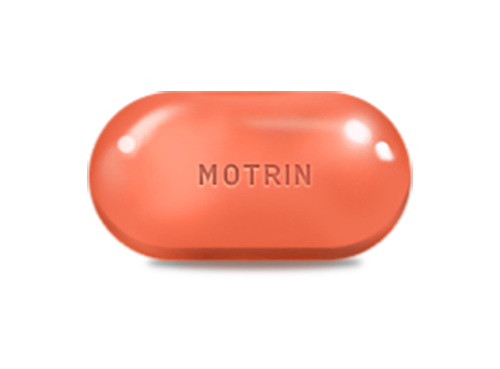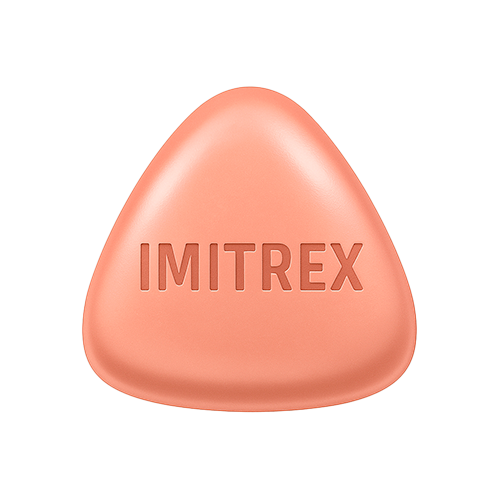Zanaflex Product Description
Zanaflex is a fast-acting medication used to manage spasticity caused by conditions such as multiple sclerosis or injuries to the spinal cord. It functions as a centrally acting muscle relaxant by blocking the transmission of nerve signals responsible for muscle tightness and pain. Unlike some muscle relaxants, Zanaflex does not act directly on skeletal muscles or neuromuscular junctions, which reduces the likelihood of muscle weakness unrelated to spasticity. Its unique mechanism helps relieve involuntary muscle spasms and improves range of motion, providing patients with greater comfort and mobility in daily life.
Drug Uses
Zanaflex is primarily prescribed to reduce muscle stiffness and clonic spasms, which can interfere with movement and daily functioning. By lowering resistance to passive joint movement and increasing the range of active motion, the drug helps patients regain smoother and more coordinated motor control. It’s a valuable therapeutic option for adults suffering from neurological conditions that trigger chronic spasticity. While effective, it should be used with caution in adolescents under 18 years old and is not recommended for patients with severe liver impairment due to metabolism concerns.
Dosage Guidelines
Zanaflex dosing must be personalized to meet the specific needs of each patient, taking into account their medical condition and response to the drug. The daily dose should be split into several smaller doses taken 6 to 8 hours apart to maintain stable therapeutic levels. Treatment typically starts with 2 mg, with gradual increases of 2 to 4 mg at intervals of no less than three days. The maximum daily dose should not exceed 36 mg, although many patients achieve symptom control with 24 mg per day or less.
Missed Dose
If you forget to take a scheduled dose of Zanaflex, take it as soon as you remember. However, if it’s almost time for your next dose, skip the missed one to avoid doubling up, which could lead to unwanted side effects. Always return to your regular dosing schedule and avoid taking two doses at once. Consistency in timing helps maintain the medication’s effectiveness and minimizes adverse reactions.
More Information
Before starting Zanaflex, patients with moderate liver issues should consult a doctor to weigh the potential benefits and risks. Those with kidney problems also need to exercise caution and may require adjusted dosing or closer monitoring. It is important to taper off Zanaflex gradually rather than stopping abruptly, as sudden discontinuation can lead to withdrawal symptoms such as increased muscle tension or blood pressure spikes.
Storage
Zanaflex tablets and capsules should be stored at room temperature, ideally between 15°C (59°F) and 30°C (86°F), in a secure container with a child-resistant closure. Keeping the medication in its original packaging protects it from moisture and temperature extremes, helping preserve its stability and effectiveness throughout its shelf life.
Zanaflex Safety Information
Warnings
Patients should avoid using Zanaflex in combination with CYP1A2 inhibitors, as this can significantly increase the drug’s levels in the bloodstream and result in excessive drowsiness, low blood pressure, or slowed heart rate. Alcohol can also amplify the sedative effects of Zanaflex and should be avoided during treatment. Certain medications such as oral contraceptives, cimetidine, and antiarrhythmic agents may interfere with Zanaflex’s metabolism and reduce its efficacy by up to 50%.
Disclaimer
The information provided here is intended for educational purposes only and should not be considered a substitute for professional medical advice. Each patient’s condition is unique, and decisions regarding the use of Zanaflex should be made in consultation with a qualified healthcare provider. The pharmacy does not assume responsibility for any harm resulting from the misuse or misinterpretation of this content.
Zanaflex Side Effects
When taken as prescribed, Zanaflex is generally well tolerated, and serious side effects are uncommon. Around 2% of users may experience mild reactions such as dry mouth, muscle weakness, dizziness, or drowsiness. These symptoms are usually temporary and often subside as the body adapts to the medication. Less frequently, patients may report gastrointestinal upset, urinary issues, flu-like symptoms, speech disturbances, or low blood pressure. In rare cases, adverse reactions lead to treatment discontinuation, but for most patients, the benefits of Zanaflex outweigh potential risks.











Reviews
There are no reviews yet.